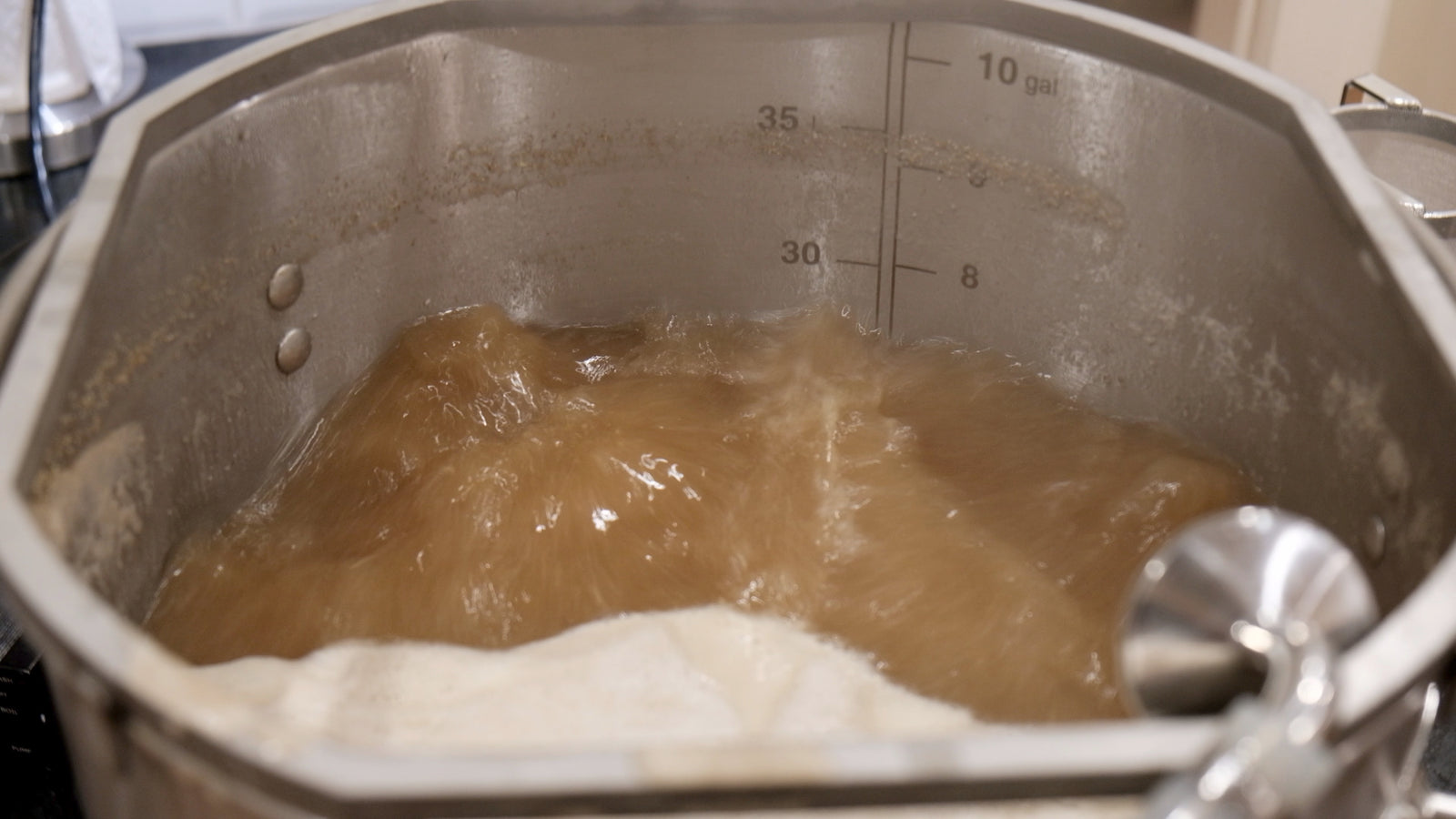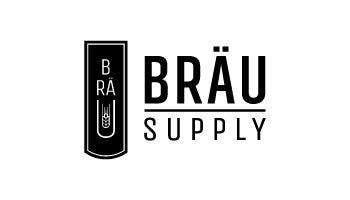
Boiling with the Unibräu
February 15, 2018 3 min read

We get asked a lot of questions relating to boiling with the Unibräu system, and in todays post I'd like to address a few questions about boiling with Unibräu and also hopefully we can dispel a few myths.
I tried boiling today, and couldn't get the system to boil, because the temperature wouldn't go above 205ºF . What's wrong?
The Unibräu system is designed to work with standard household power. That in itself provides some limitations as we wanted to make our system as flexible as possible, but still attainable for those who don't have access to high amperage circuits. The Unibräu comes with a single 1600W element, which conforms to most North American household circuits. The temperature rise is roughly 1.5ºF per minute with a 6 gallon batch, and is plenty of power to get it to a boil. Because the element is at the bottom of the kettle, and the sensor is across from the element on the same plane, the sensor is actually reading the temperature at the bottom which is always a few degrees less than the surface where the active boil is. The reason for this is that heat rises, and in all boil kettles you will have a natural stratification and therefore a variance of temperature from the bottom of the kettle to the top. Common knowledge has it that water boils at 212ºF, but this becomes significantly less at altitude. So, to answer the question, nothing is wrong! There is plenty of power to bring the Unibräu to a boil, and the way to gauge a boil is to look at your wort. Is it moving? remember, the element spans into roughly half the width of the kettle, so it won't be bubbling all over, only above the element. If the wort is moving, even a little, it's boiling.
The boil isn't very strong, does this affect the quality of the beer?
Not at all! The goal of the boil is to sanitize the wort, utilize hops, and to evaporate the dimethyl sulphide or DMS. This can happen as long as the wort is boiling. Sometimes I'll even place the grain basket lid half cocked over the boil, and there is still enough evaporation to not introduce DMS into the finished product.
I'd like it to get to boil even faster, what do you suggest?
The Unibräu brew system comes with a single 1600W element with the option to purchase an extra element. The modular nature of the design allows the user to add and delete fittings giving you ultimate flexibility. People often ask us, is an element enough to get to a boil? The short answer is yes, although being the impatient type and the father of 2, I like to get things handled as quick as I can. We introduced the element upgrade kit which adds an extra element to the system, by moving the temperature probe out of the kettle and into a tee on the discharge end of the pump. The second element is placed inside the kettle. This second element is controlled manually, meaning you plug it in to get to temperature and unplug it when you get to your set mash temperature or to your boil temperature.
You must remember to plug it into a seperate GFCI circuit in your kitchen, as your household power cannot support 2 elements plugged into the same circuit.
The second element will double your temperature rise to 3ºF per minute, which means you should get to boil from mash out temperature in as little as 15 minutes!
An added bonus of using the element upgrade kit is the ability to regulate and monitor the flow of wort from the chiller into the fermenter, meaning you can place the probe in it's tee on the outflow of the wort chiller and adjust the ball valve on the Unibräu system to throttle back the flow of wort. Restrict the flow of wort until the SV120-ETC controller is showing your ideal yeast pitching temperature.
Comments are always welcome - please feel free to post your thoughts below!
Brau on! 🤟🏼
More articles how to brew beer
The ultimate guide to Kveik yeast: Unleashing it's fermentation potential
Revolutionizing home brewing: The simplified art of no sparge brewing
Exploring amber ales: A guide with a twist on the traditional recipe
Mastering cold crashing: Enhancing beer clarity and accelerating the aging process
What is the basic function of the fermenter?
What causes a fermenter to heat up?
The art of lagering: A guide to perfecting the cold conditioning process
Troubleshooting fermentation problems in brewing: A comprehensive guide
Subscribe
Sign up to get the latest on sales, new releases and more …


